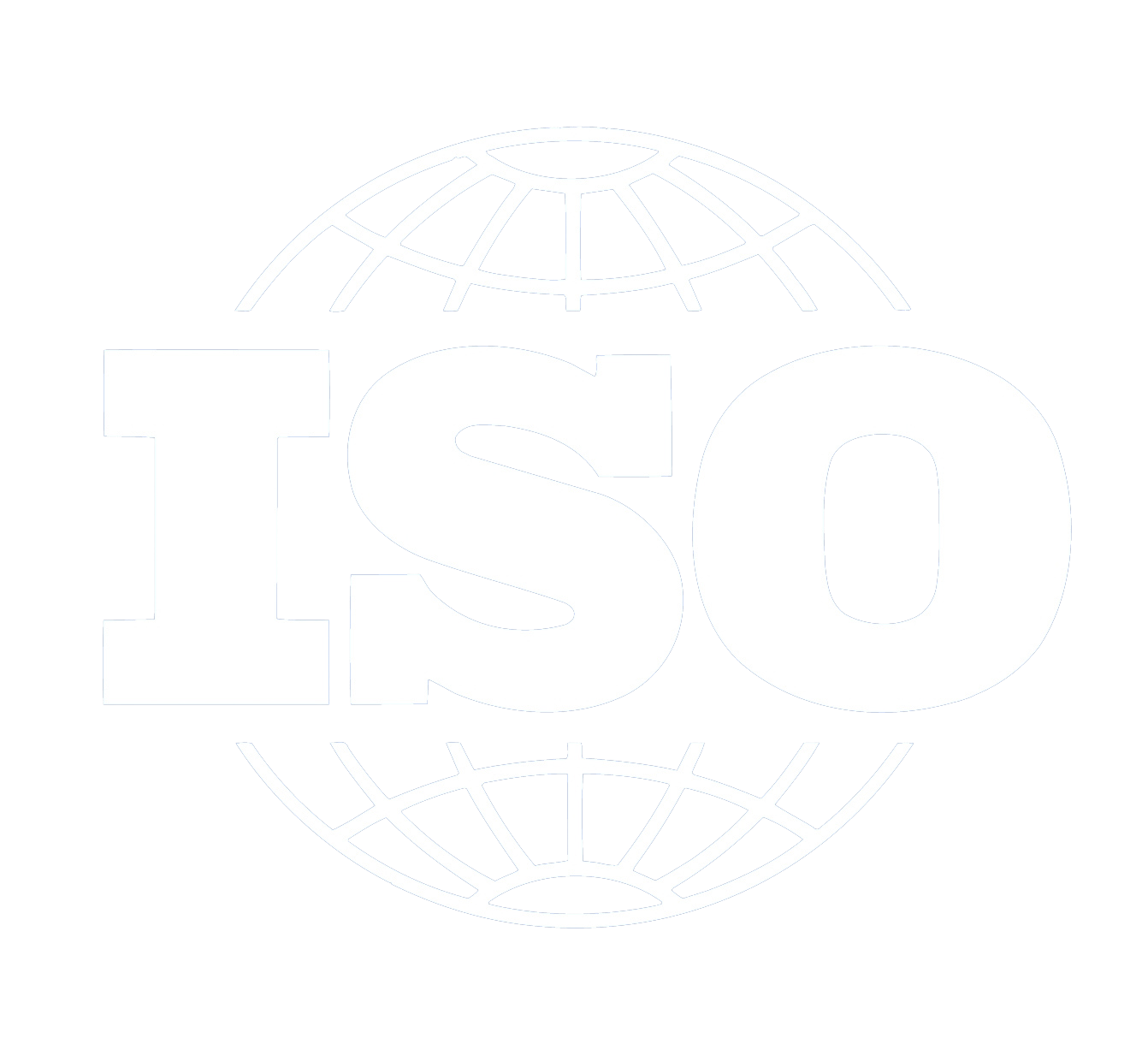Understanding Content Security
Content security is an integral component of cybersecurity focused on protecting digital content from threats that could compromise its integrity, confidentiality, or availability. This domain encompasses a broad range of techniques, tools, and policies aimed at safeguarding the content of communications, documents, media, and data against unauthorized access, tampering, or theft. In today’s digital landscape, where content is not only a valuable commodity but also a primary target for cybercriminals, understanding and implementing effective content security measures is paramount.
- Data Privacy and Encryption:
- Encryption is the cornerstone of content security. It converts readable data into a coded form which can only be deciphered with the correct key. For web transactions, protocols like SSL/TLS are used, while data at rest might be secured with algorithms like AES. Encryption ensures that sensitive information, such as personal details, financial data, or proprietary information, remains confidential even if intercepted.
- Content Filtering and Monitoring:
- This layer involves the use of filters to scrutinize incoming and outgoing data. Email gateways, web filters, and network appliances scan for malware, phishing attempts, or inappropriate content. These systems can also enforce policy compliance by blocking or flagging content that violates organizational guidelines.
- Digital Rights Management (DRM):
- DRM systems are employed to protect copyrights by controlling how digital content can be used or shared. This includes restricting copying, printing, or forwarding of digital media, documents, or software, thereby protecting intellectual property rights.
- Anti-Malware and Deep Content Inspection:
- Beyond traditional antivirus, content security now involves deep content inspection (DCI) where files are analyzed for hidden threats. This includes checking for zero-day exploits, polymorphic viruses, or other sophisticated malware that might be embedded within documents or media files.
- User Access Controls and Authentication:
- Ensuring that only authorized personnel can access or modify content is crucial. This involves identity management systems, multi-factor authentication, and role-based access control (RBAC) to prevent unauthorized access.
- Data Loss Prevention (DLP):
- DLP strategies are designed to detect and prevent sensitive data from leaving the network. This can include blocking emails with credit card numbers, preventing the upload of confidential documents to external sites, or alerting when an unauthorized attempt to access data occurs.
- Compliance with Legal and Regulatory Standards:
- Content security must align with various regulatory frameworks like GDPR, HIPAA, or PCI-DSS, which dictate how data should be handled, stored, and protected. This ensures not only security but also legal compliance, avoiding hefty fines and reputational damage.
- Challenges in Implementing Content Security
- Evolving Cyber Threats: Malware and attack vectors are becoming increasingly sophisticated, requiring constant updates and evolution of security measures.
- User Experience vs. Security: Overly stringent security can hinder productivity, so solutions must balance security with usability.
- Scalability and Integration: As organizations grow, integrating new security measures with existing infrastructure without causing disruption is a significant challenge.
Privacy Concerns: With enhanced monitoring comes the risk of infringing on personal privacy, necessitating a careful approach to surveillance and data collection.
Common Network Vulnerabilities and How Attackers Exploit Them
- Regular Updates and Patch Management: Keeping all systems and software up-to-date is critical to protect against known vulnerabilities.
- User Training and Awareness: Educating employees about safe practices can prevent many security breaches caused by human error.
- Layered Security Approach: Employing multiple security strategies like encryption, filtering, and DLP creates a robust defense system with no single point of failure.
- Monitoring and Incident Response: Continuous monitoring for suspicious activities, coupled with a well-practiced incident response plan, can limit the damage of any security incident.
- Use of AI and Machine Learning: These technologies can help in predicting and identifying new threats by analyzing patterns in data flows that might not be evident to human analysts.
- Audit and Compliance Checks: Regular audits ensure that security measures are effective and compliant with current standards.
Content security is not a static field but a dynamic one that requires ongoing attention and adaptation. As technology advances and threats evolve, so too must the strategies to protect digital content. By integrating comprehensive content security measures, organizations can safeguard their digital assets, ensure compliance with regulations, and maintain the trust of their clients and partners. This article is part of a larger discussion on network security, where content security plays a pivotal role in the overarching strategy to protect an organization’s digital environment



